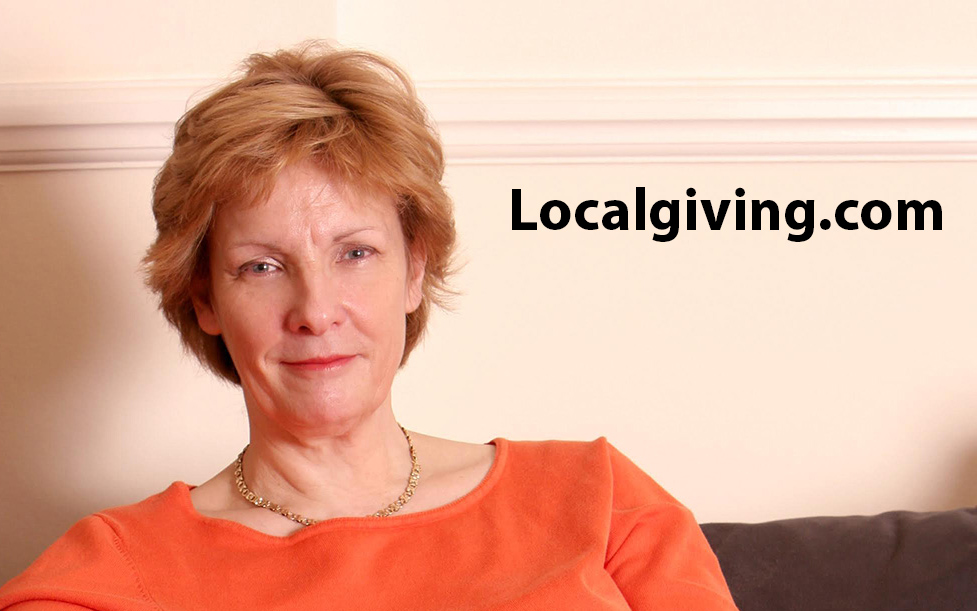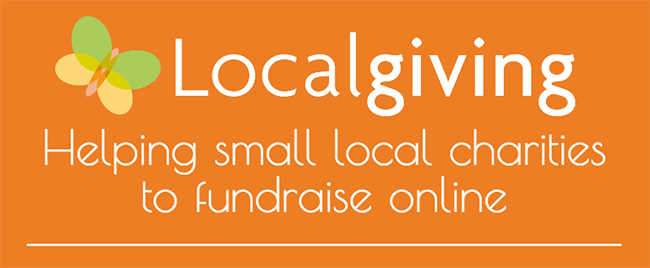



Giving is always good, but if you harness your passion, make the best use of your skills and talents, and try to avoid your weaknesses, your giving can become more focused and effective.
My money came from the sale of Holiday-Rentals.com in 2005. I had co-founded the business in early 1996 and it became the first European website for renting holiday homes shortly after. At 55, I felt I was too old for another dot-com start up, but with no kids or other financial commitments, I wanted to do something “worthwhile.” I never called it “giving back” because I don’t consider that I ever “took.” Holiday-Rentals.com generated jobs, rental income for our advertisers, great value holidays for our online visitors, a continuing income stream for the company that acquired us, and I paid a lot of tax!
I worked with a few charities and made some random donations, but somehow it wasn’t very satisfying. Then I went to a workshop at the Institute of Philanthropy which was truly inspirational. It was a three-week workshop over nine months in the UK, Vietnam, and New York. Wherever we went I was continually impressed by local charities. They work at the rock face, know best about what is needed in their communities, do long lasting work with minimal resources, and, as they live in the community, remain at the front line of accountability. They have no place to hide if things go wrong. I’d found my passion!
But I’d also discovered my weaknesses: I’m hopeless in the heat, suffer badly from jet lag, and am ever susceptible to “Delhi belly.” As a result I decided to concentrate my giving at home in the UK. I realized that, despite its status as a relatively wealthy country, there remain glaring pockets of severe deprivation here. I saw how small local charities run by increasingly unsung heroes make a huge difference inside their communities, from offering counselling services to helping older people maintain their independence or establishing sports clubs which strive to set a good example for young people. And I saw they were at risk. This was in 2008. The need in our communities was increasing, but the various grants that local charities depended on were being cut. Online giving was on the rise but also represented a threat to local charities too small to register with the Charity Commission or to claim Gift Aid, a tax incentive in the UK that can increase the value of a donation by 25%. I knew that people wanted to support their communities but saw a disconnect between donors and the charities that so often operate below the radar.

Then I had a lightbulb moment. I realized that my experience and the technical skills I gleaned from Holiday-Rentals.com could be used to connect people with their local charities. And so Localgiving.com was born. Our goal was, and remains, helping small local charities and community groups on a path to sustainability and toward less dependence on grants. We provided an online platform for one-off and direct debit donations as well as fundraising pages for their supporters.
Six years later the project has taken longer and cost more than I ever planned, and like any enterprise we’ve had challenges and setbacks.
The first challenge was a digital divide: many of the small charities lacked the digital skills or personnel to use the platform. We set up digital training workshops to equip people—often volunteers—with the digital skills needed to promote their charity through online marketing and social media. To date we have trained over 1,000 local charities.
Today over 4,000 charities and small organizations have registered on Localgiving.com but we’ve only scratched the surface. There are probably 600,000 “micro charities” in the UK. They make up 50% of our voluntary organizations but receive only 0.6% of the funding. Up to a fifth are struggling to survive.
We have to do more, but we also have to be sustainable. Currently Localgiving.com’s income comes from a £72 annual subscription fee and an additional 5% brokerage fee from donations made online through the site. The burn rate is still considerable. So we’re adapting the business model.
We have two proven approaches that we are offering to philanthropists and grant makers who are looking for a cost effective way to support local charities.
Our pioneering “Grow Your Tenner” plan works by building a national pot of matched funds and has raised over £3 million for local charities since 2012. Through a combination of Gift Aid, tax relief programs, smaller local match funds, and online donations, a single gift of £100,000 from a generous higher rate taxpayer could facilitate up to £650,000 worth of donations to thousands of local charities across the country at an initial cost of just £68,750 to the original donor. When the campaign goes live, each online donation made through Localgiving.com is matched by up to £10. The good news is that the average donation is about 50% more than the amount matched. Ultimately, “Grow Your Tenner” provides an incredibly simple and effective way to make small but effective donations to local charities on a large scale.
The second arrangement builds on our training programs by providing a package of digital skills training to help an organization raise awareness and funds online through a dedicated, locally-based project manager. A pilot program in North Yorkshire, funded by the Peter Sowerby Foundation, resulted in huge gains in confidence in online fundraising and digital donations that added up to more than the original grant amount in the first year.
So far I have invested about £3.5 million into Localgiving.com and over £7.2 million has been channelled to small local charities. That money will help them continue their amazing work and make a huge difference to their communities. That’s pretty good leverage!
By harnessing my passion and skills I’ve made my money work harder. It has given me enormous satisfaction and I’m more than a little proud of what our team has managed to achieve. But there’s a long way to go yet.